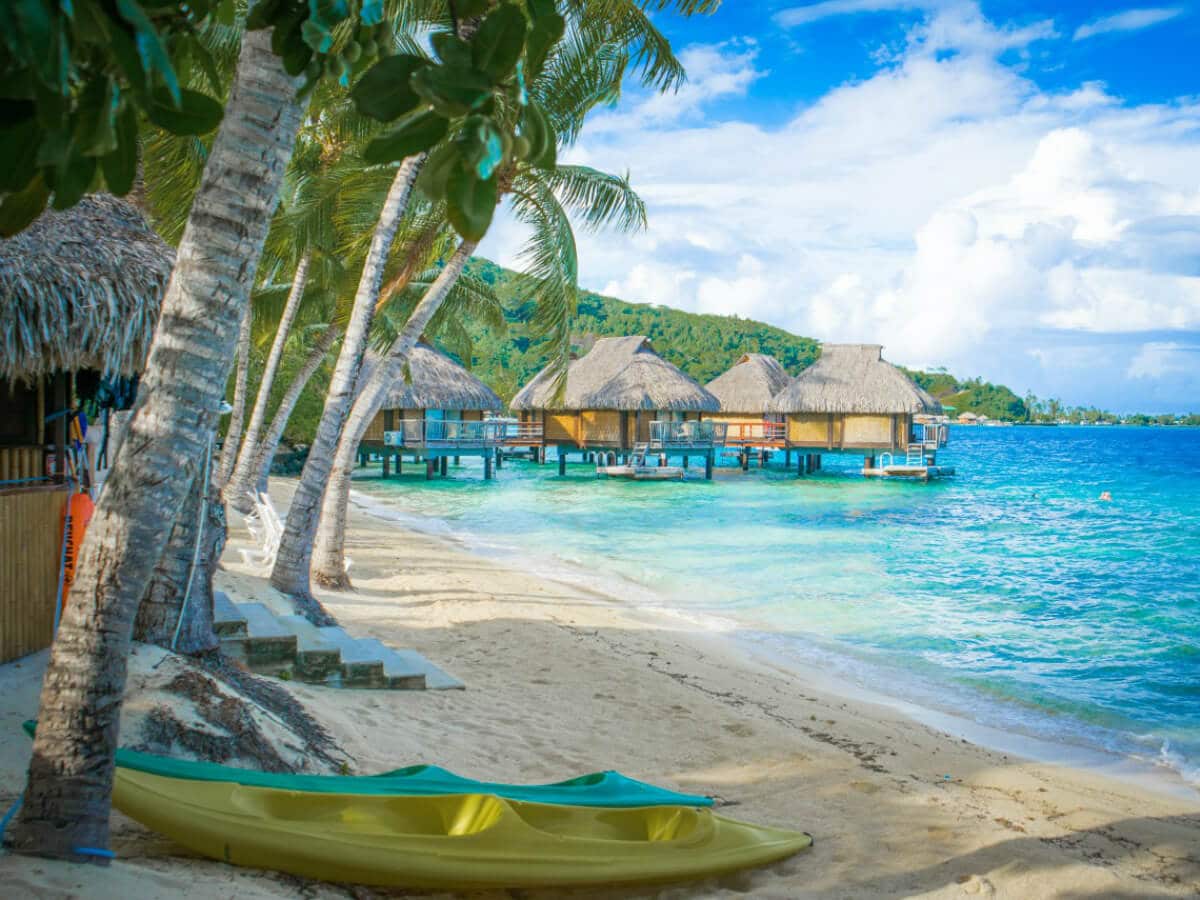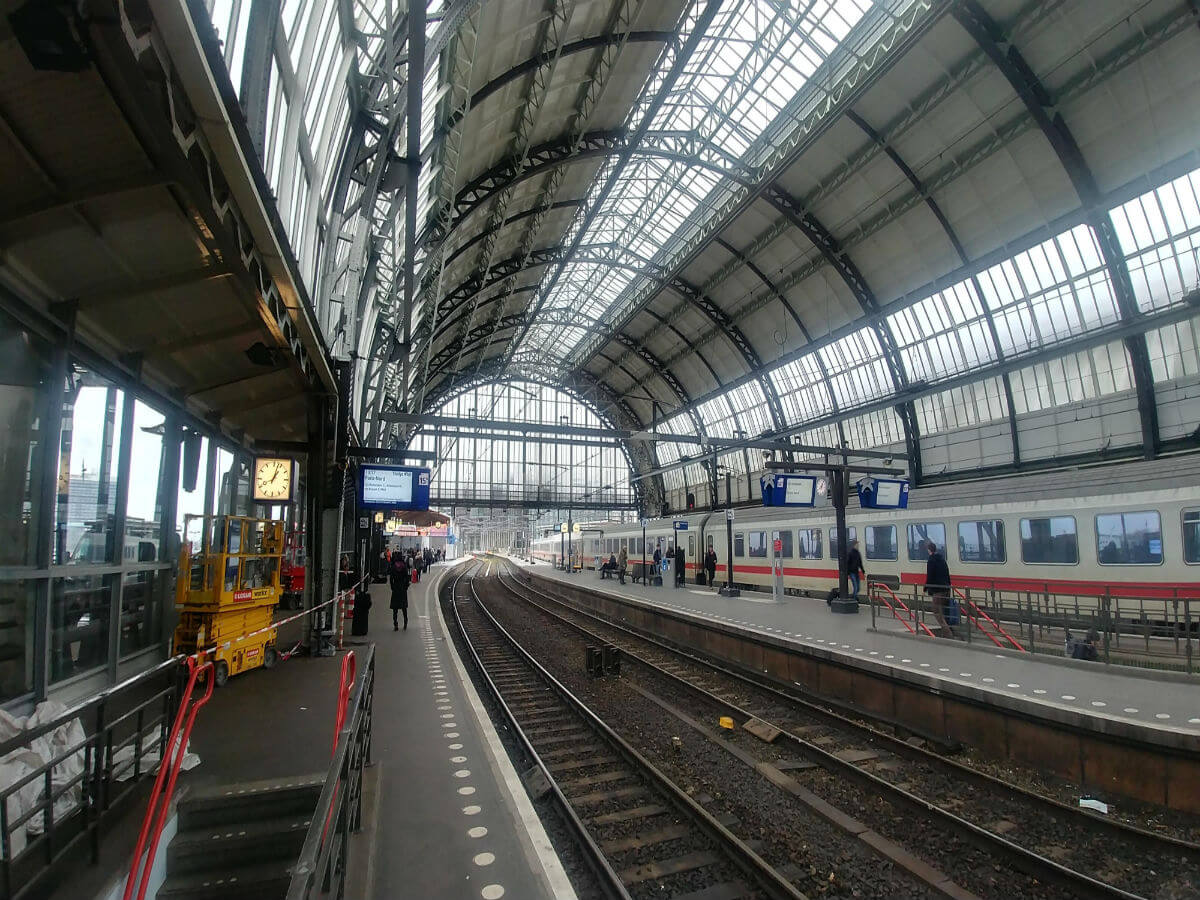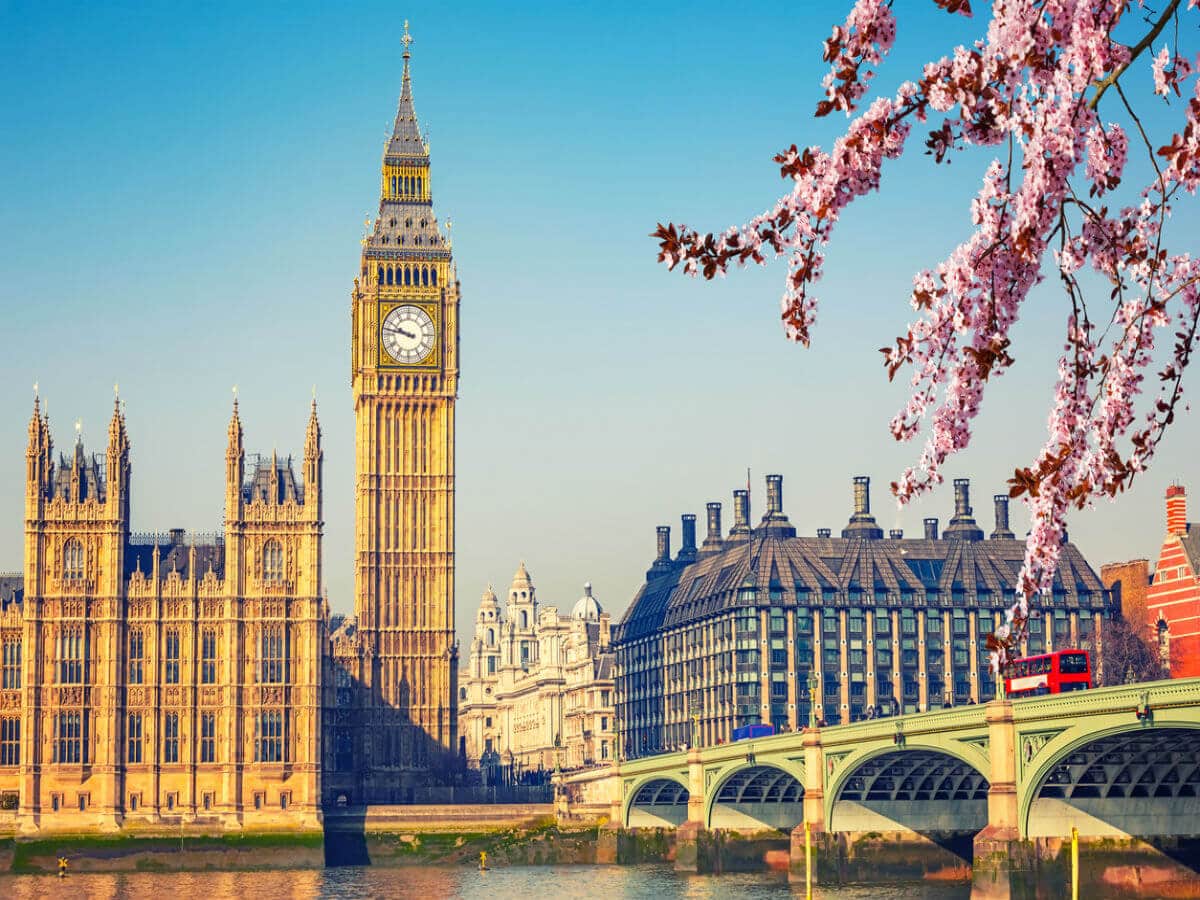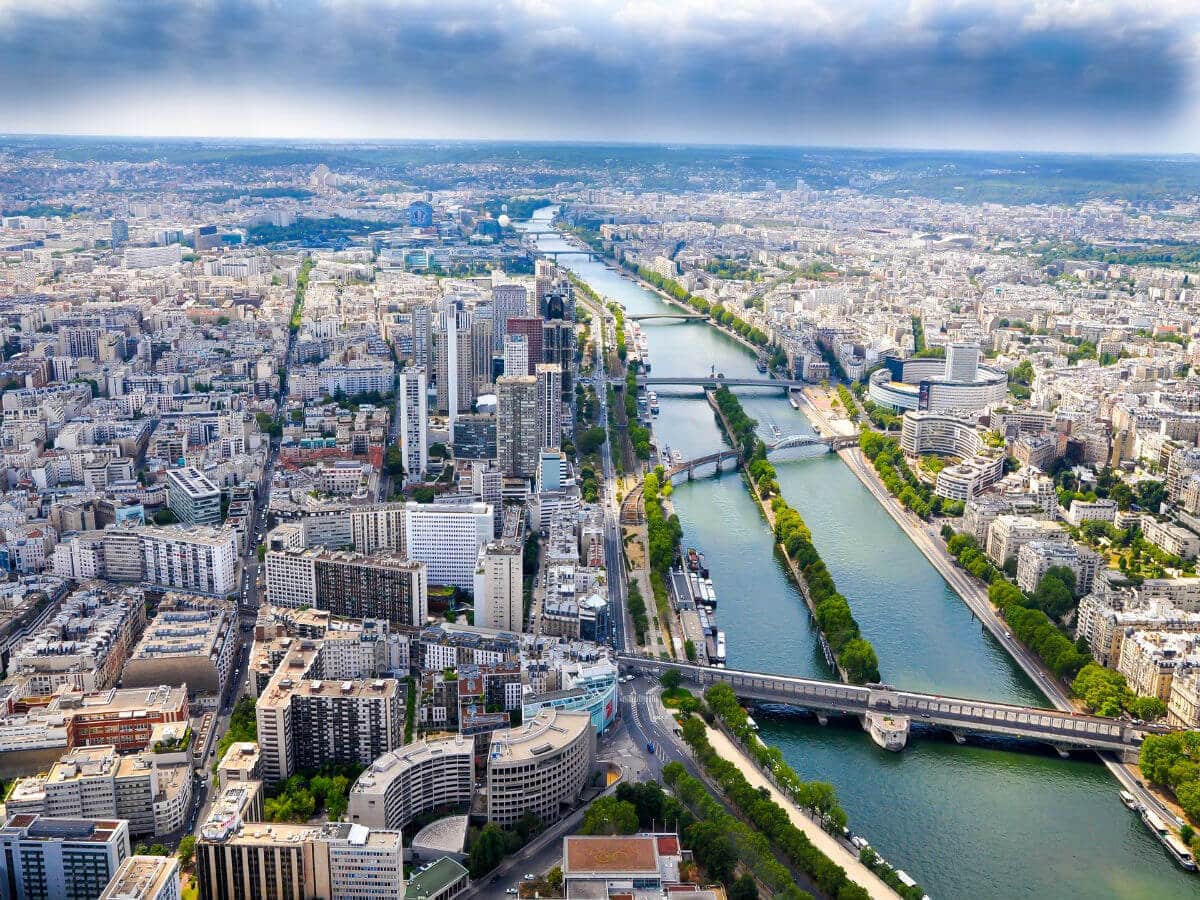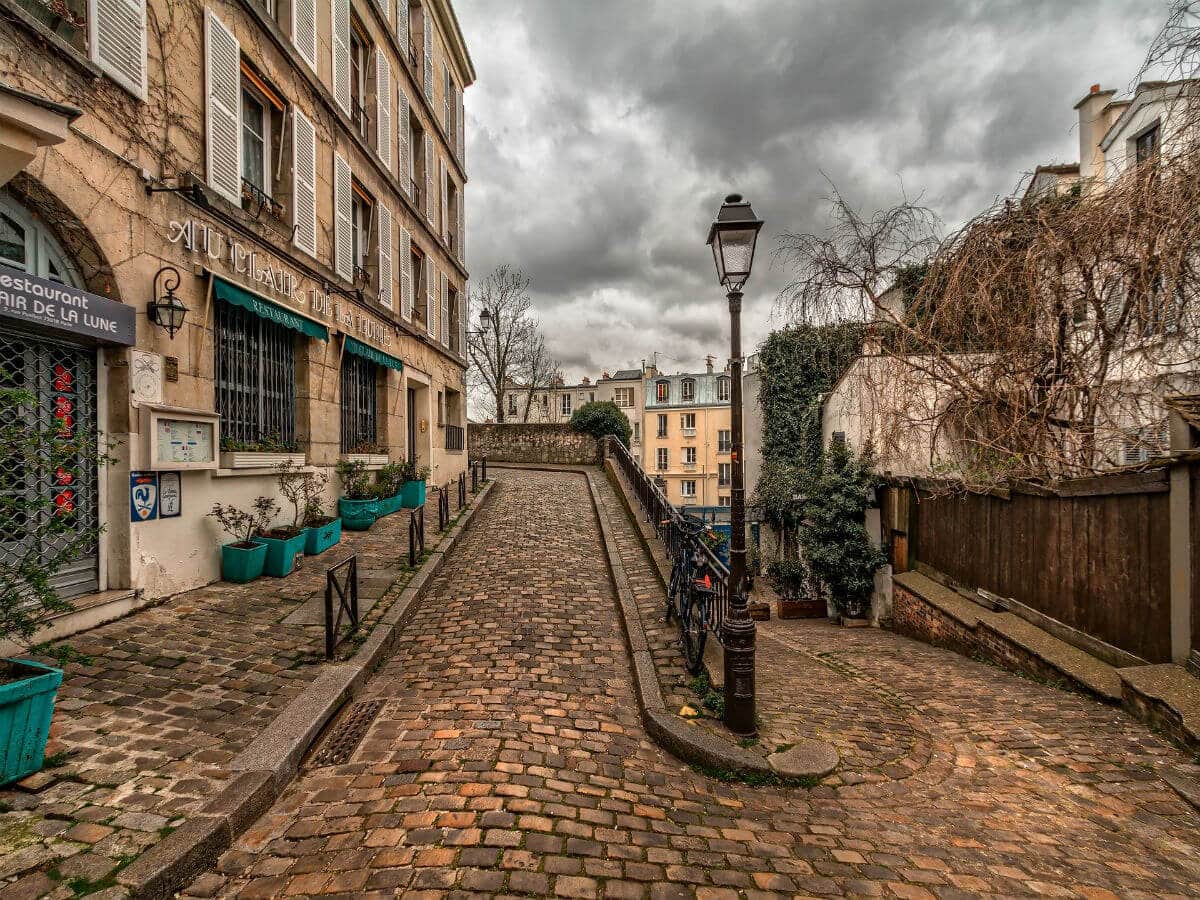Tour Packages
France Tour Packages
SUPER DEAL PRICE
STARTS FROM
per person on twin sharing
ATMs are widely available throughout urban France.
Credit cards are widely accepted across the country.
Finding a bank in France is quite simple.
The legal drinking age in France is 18.
Residents of France are known for their hospitality.
France - Visitors Statistics

Annually
10,00,00,000
Male51%
Female49%
By Purpose
Couples
For Newlywed Vacations
Family
For Family Vacations
Top Visitors from India
Mumbai
Delhi
Bengaluru
Chennai
Kolkata
Hyderabad
Pune
Ahmedabad
Jaipur
Lucknow
Everything You Need to Know About France
With its renowned wines, fashion vibes, scrumptious food, and rural landscapes, it isn’t surprising that people dream about visiting France at least once in their lifetimes. Fortunately, we have France tour packages that will fulfil your lifelong fantasy and ensure it’s memorable.
Whether it’s the museums and galleries of Paris, the rocky shores of Corsica, the wine regions of Bordeaux, or the pebble beaches of Nice, France offers many sites for tourists to enjoy. As you visit France’s countryside, you will come across provincial towns filled with historic buildings, picturesque vineyards, and quaint valleys. Let’s explore the country’s cuisine, shopping scenes, history, facts, and much more so you know why you need to book our France tour packages immediately.
View All France Tour Packages
Travel Tips
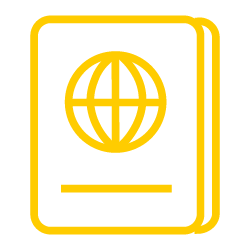
Visa Information
Check visa requirements before traveling, ensuring a smooth entry and compliance with destination regulations.

Health and Safety Tips
Prioritize health, stay hydrated, follow safety guidelines, and maintain personal hygiene for a secure journey.

Currency and Tipping
Familiarize with local currency, consider customary tipping practices for respectful and seamless travel experiences.
FAQs:
Book Your Dream Vacay Today!













